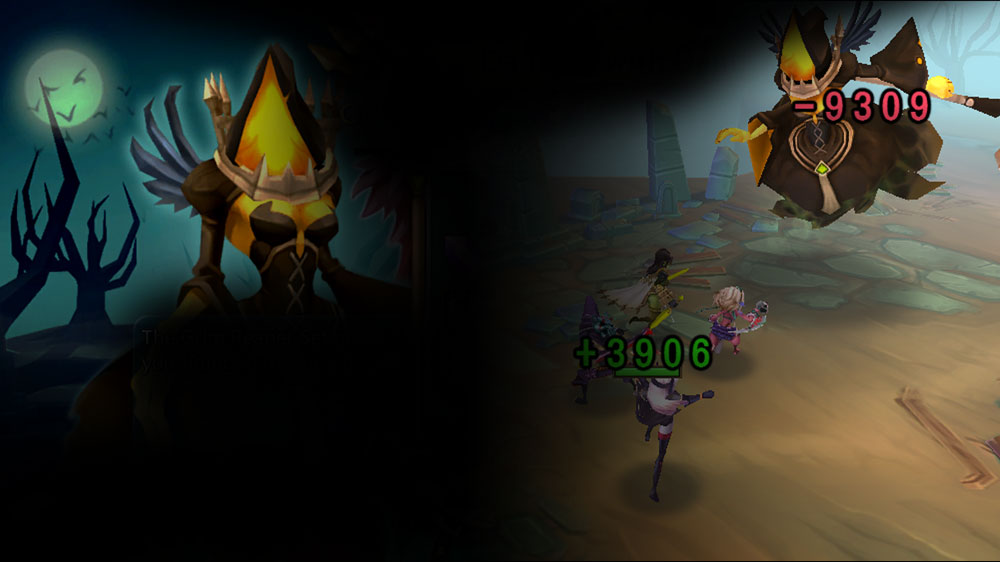The Grim Reaper Lineup: A Comprehensive Guide

The Grim Reaper has been a popular figure of folklore and myth for centuries. This mysterious figure is believed to be the personification of death, and is often depicted as an ominous cloaked figure wielding a scythe. While the Grim Reaper has a presence in numerous religions, cultures, and folklore around the world, the figure’s appearance and purpose differs significantly based on the origin of the story. Thus, the Grim Reaper lineup, which represents the various incarnations of the Grim Reaper in different stories and cultures, is incredibly diverse.
Ancient Greek Mythology:
In ancient Greek mythology, the Grim Reaper was known as the Keres. These vengeful specters were described as dark, female figures who sought to claim the souls of the dead regardless of age or stature. They were believed to be the daughters of Nyx, goddess of the night, and many accounts of the Keres claimed that they would be accompanied by winged creatures to serve them in their task of claiming the souls of the dead.
Christianity:
In Christianity, the Grim Reaper is often seen as the Archangel Michael, the leader of God’s holy angels. In this form, Michael is seen as a powerful figure who ushers the souls of the dead in the afterlife. The Grim Reaper is also sometimes seen as a fallen angel, and is described as a serene figure that waits in the shadows to collect the souls of the deceased.
Hinduism & Buddhism:
In Hinduism and Buddhism, the Grim Reaper is said to be an incarnation of the god Yama, which can also be interpreted as both death and justice. Yama is believed to be multiple-headed and accompanied by two four-eyed dogs, and Yama presides over the court of the dead where he judges the dead on their deeds in life. As the god of death, Yama can also appear in multiple other forms, including Shesha, a many-headed snake, and Mrita, a skeletal figure resembling a corpse.
Norse Mythology:
In Norse mythology, the Grim Reaper is often referred to as the Valkyrie. According to Norse mythology, the Valkyrie are a group of female warriors in the service of Odin, the king of the gods. Each Valkyrie is sent to collect the souls of the fallen warriors and bring them to Valhalla, the great hall of Odin, where they would feast and prepare for the coming Ragnarok.
Japan & East Asia:
In Japan and other parts of East Asia, the Grim Reaper is said to be an incarnation of the Buddhist deity Jikininki. This figure is described as a skeletal figure with a skeletal face and is said to appear at night to feast on the dead and dying. In this form, Jikininki is seen as a rather malevolent figure that is intent on consuming the souls of the dead for its own gain.
Native American:
In Native American folklore, the Grim Reaper is known as the Raven Man. According to stories, the Raven Man is said to come in the form of an immense raven and take the souls of the recently deceased on his wings. This figure is sometimes described as a benevolent figure who carries the souls of the departed to the spirit world, while other stories describe the Raven Man as a more sinister figure who takes the souls of the dead to a land of darkness.
Conclusion:
As evidenced by all the different depictions of the Grim Reaper across various religions, cultures, and mythology, the mysterious figure of death takes on a myriad of forms. From the Keres in ancient Greek mythology to the Raven Man of Native American folklore, this comprehensive guide has shown the incredible diversity of the Grim Reaper lineup around the world. No matter the form, the Grim Reaper stands as a powerful reminder of both mortality and the afterlife, and serves as a powerful symbol and emblem of death throughout the ages.






